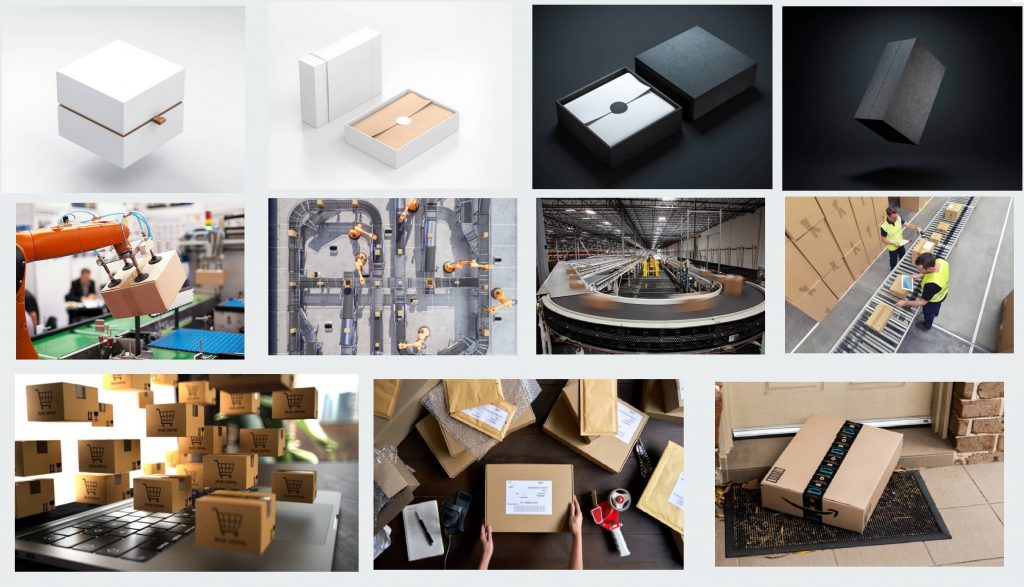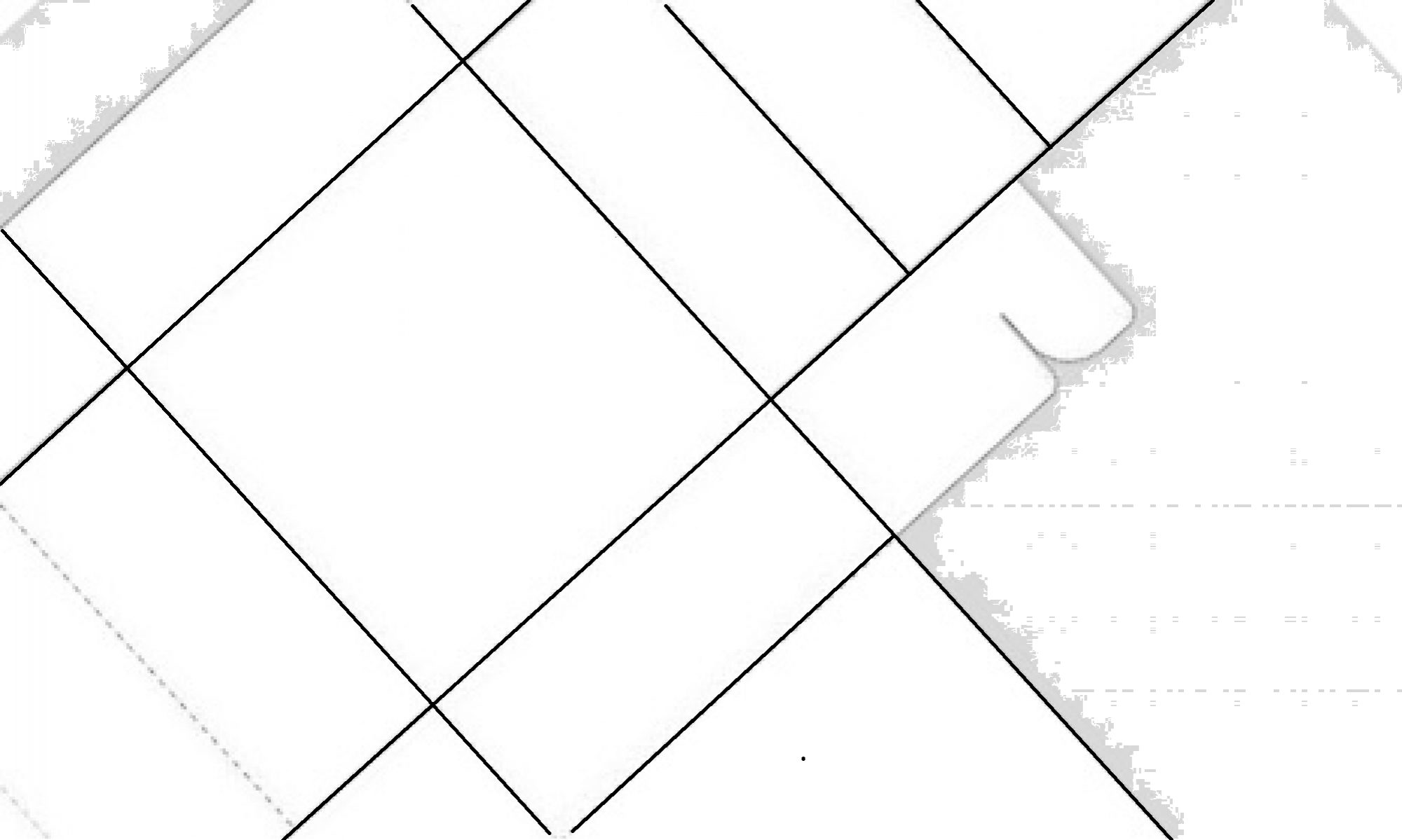# Eco-Friendly Innovations: Fiber-Based Packaging Materials
In recent years, the global awareness of environmental issues has stimulated a significant push towards sustainable practices in numerous industries. Among these industries, packaging stands out due to its substantial contribution to plastic pollution and waste generation. In response to this, fiber-based packaging materials have emerged as a pivotal innovation, offering a more sustainable alternative to conventional packaging materials. This article explores the exciting advancements and potential of fiber-based packaging.
## The Environmental Impact of Traditional Packaging
Traditional packaging materials, predominantly plastics, have long been a topic of environmental concern. The production and disposal of plastic packaging contribute significantly to pollution, as plastic lacks biodegradability and persists in the environment for centuries. Marine life, ecosystems, and even human health are adversely affected by the widespread presence of microplastics. Consequently, there is an urgent need for alternative packaging solutions that minimize environmental impact.
## What is Fiber-Based Packaging?
Fiber-based packaging materials are derived from natural fibers, such as wood pulp, agricultural residues, and recycled paper. These materials are processed to create packaging products that are biodegradable, compostable, and often recyclable. Common examples include cardboard boxes, paper bags, molded pulp packaging, and other forms of paper-based containers.
## Innovations in Fiber-Based Packaging
1. **Molded Pulp Packaging:**
Molded pulp packaging is made from recycled paper or natural fibers and is used to create protective packaging components such as trays, clamshells, and cushioning for fragile items. Advances in this technology have led to the development of high-precision molds that offer improved strength and versatility, enabling molded pulp packaging to replace foam and plastic alternatives.
2. **Cellulose-Based Films:**
Traditionally used for wrapping snacks and perishable items, plastic films are now being replaced by cellulose-based films. Made from renewable resources like wood pulp, these films provide similar barriers against moisture and oxygen while being fully compostable. Innovations in coating technologies have enhanced their performance, expanding their suitability for various types of products.
3. **Agro-Waste Packaging:**
Agricultural residues such as straw, husks, and bagasse (sugarcane fiber) are increasingly being repurposed into packaging materials. These fiber sources are abundant and often considered waste in agricultural processes. By transforming them into packaging, it not only reduces waste but also capitalizes on a readily available raw material. This approach introduces new revenue streams for farmers and contributes to a circular economy.
4. **Nanocellulose:**
Nanocellulose is an exciting advancement in fiber-based packaging. Derived from wood, plant fibers, or other cellulose-rich materials, nanocellulose exhibits excellent mechanical properties and barrier capabilities. It can be used to enhance the strength of paper-based materials, making them viable for carrying heavier loads and extending their usability.
## Advantages of Fiber-Based Packaging
1. **Environmental Benefits:**
Fiber-based packaging materials are known for their minimal environmental footprint. They decompose more quickly than plastics, reducing the longevity of waste in landfills. Their biodegradability and compostability make them environmentally friendly alternatives.
2. **Resource Efficiency:**
These packaging solutions predominantly use renewable resources. The production processes for fiber-based materials often require less energy compared to plastic manufacturing, leading to reductions in carbon emissions.
3. **Safety and Health:**
Fiber-based packaging is typically free from harmful chemicals and toxins, making it safer for consumers and better suited for packaging food products.
4. **Consumer Appeal:**
Increasing consumer awareness about environmental issues has led to greater demand for sustainable packaging. Brands adopting fiber-based packaging can appeal to eco-conscious consumers and enhance their market position by promoting their environmental responsibility.
## Challenges and Future Prospects
Despite the numerous advantages, fiber-based packaging also faces challenges. One of the primary obstacles is the need for improved water resistance and barrier properties to match those of plastics fully. However, ongoing research and development are continually addressing these issues.
Implementing fiber-based packaging also requires adjustments in supply chains and manufacturing processes, which can be a substantial investment. However, as technology advances and economies of scale are realized, these costs are expected to decrease.
## Conclusion
Fiber-based packaging materials represent a promising and innovative step toward reducing the environmental impact of the packaging industry. Through advancements in technology and increased adoption, these materials can significantly contribute to sustainable packaging solutions. As society continues to prioritize environmental stewardship, fiber-based packaging stands at the forefront of eco-friendly innovations, paving the way for a greener future.



